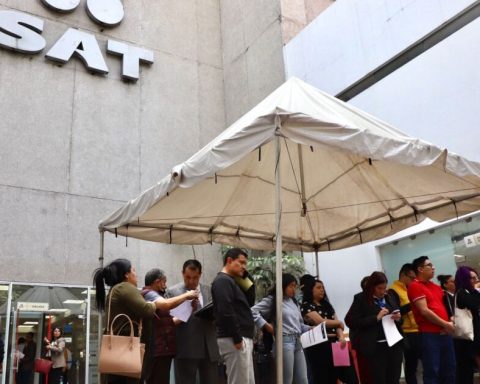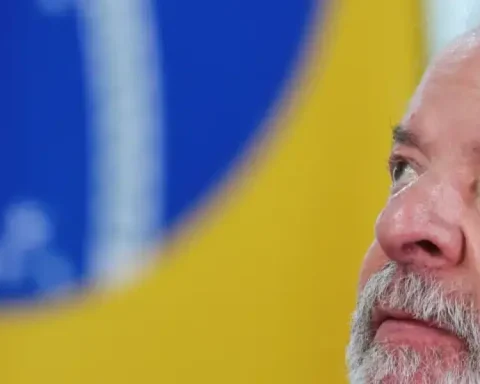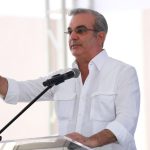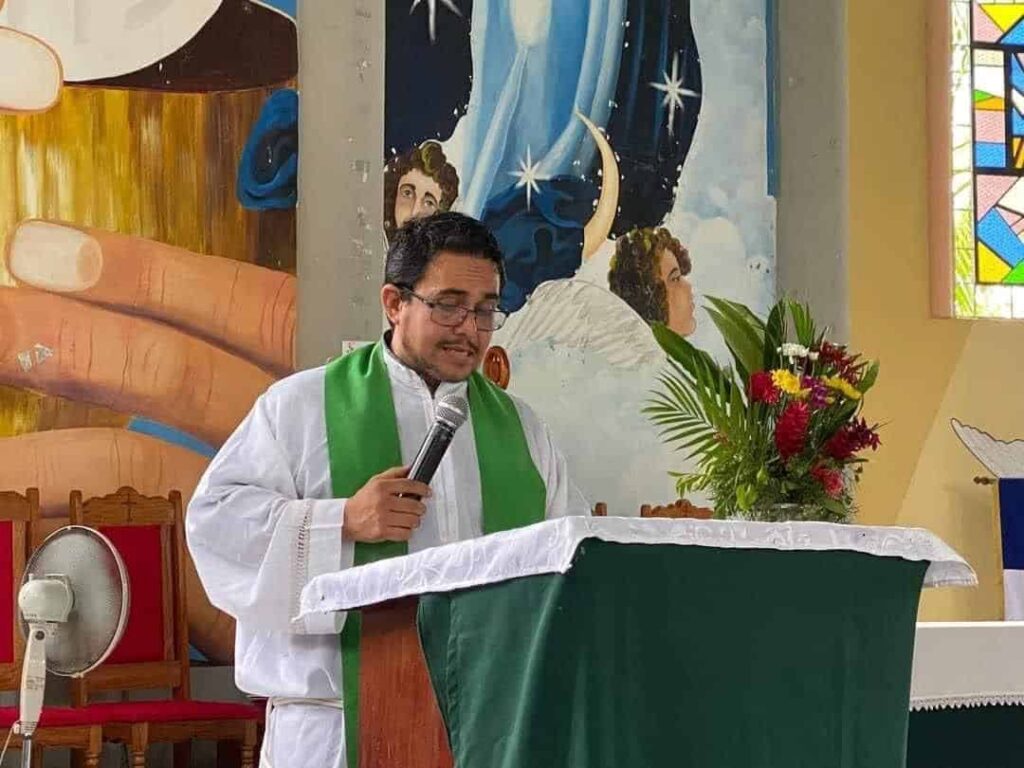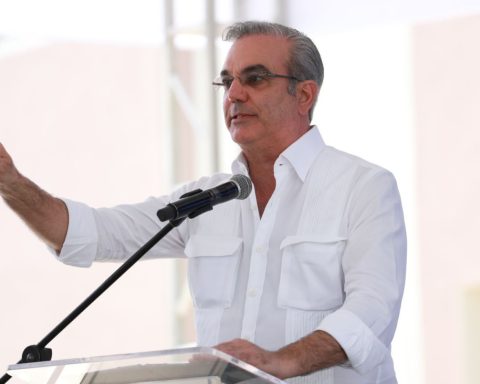Reviewing the evolution of scientific policy over the last 35 years, a period in which Mexico made a fundamental change in its development policy, with an oscillating style and with frequent changes in programs, seems like a difficult challenge to achieve; however, Dr. Brenda Valderrama Blanco does so through the publication “360 degrees, A panoramic view of science policy in Mexico 1985-2019”.
In an interview for El Economista, the researcher of the Institute of Biotechnology (IBt) of the UNAMexplains that the 360-degree exercise was something he had wanted to do for a long time, “I have the perception that there is little knowledge within the scientific communitybut also of the public administration about the paths that the national scientific policy has followed”.
For the author, the main virtue of the book, more than creating an opinion, because it does not intend to be an ideological document, is to achieve a compendium, a reference document so that the researcher and any interested person have this information at hand. “It is an intense work of a couple of years of compilation of scattered, incomplete and fragmented data that are managed to consolidate in the same space.”
What do we identify in the national science policy?
Regarding the publication, the former president of the Morelos Academy of Sciences (ACMor) comments on some facts of scientific policy that have set the course in the country.
“Taking 1985 as a starting point has to do with the creation of the first productive Law for the scientific subject. Conacyt It had already been established for 15 years, however a dynamic had been generated where it was basically a scholarship agency, it was not until 1985 with the creation of the National System of Researchers (SNI) that it was really oriented towards promoting scientific research”. With this, the guidelines of what would be and are our scientific policy begin to be established.
He said that the pillar of the entire science system since then had been based on a word “Quality”, as an example, the objective of the SNI has been the quality of research, along with productivity and federalization, among other terms. “from SNI the national scholarship system is redesigned and other financing programs are generated that, as of 2003, are already formalized”.
Thus, Conacyt receives a budget, becomes an entity responsible for exercising the budget, and subsequently creates the General Council of Science and Technology chaired by the president and that already raises the rank of scientific policy to state policy. “That’s when the national scientific policy really takes consistency.”
From there, Valderrama Blanco analyzes how the policy, the laws, the regulations, the programs, the budget, have evolved, and returns to some of the results at the end.
Reflections on national science policy
The doctor in biomedical research leaves notes for the debate: “There is a theme that underlies the scientific research in Mexico, and is to think that scientific research is a by-product of higher education. This vision is even of origin, perhaps from Article 3 of the Constitution. It is an original sin, which makes it very difficult to decouple research from higher education in Mexico, both conceptually and budgetarily.”
He said that in the end what we see is that the great benefits of investment in science and technology are seen in higher education institutions, where the international indicators of the universities and of the research carried out by these institutions are really outstanding, but that manage to impact the productive sector.
The book also documents the efforts to address the problem of innovation and its link with the productive sector. “Basically there are two, the Innovation Incentives Program and the Fiscal Incentives for Research in Large CompaniesHowever, these two projects also have the vision that the origin of knowledge is the universities and what they seek is to strengthen the academic-company relationship”.
From the point of view of the also member of the SNI, “The blunder was committed in 1999, a major mistake that has not been resolved. The 1985 Law, just as it brings a section on scientific policy, brings a section on technology policy, at that time both were linked, a time when the assimilation of technology was sought and how to learn, copy, or assimilate knowledge in the national industry.
In 1999 the Law was modified and became extremely academic, from researchers to researchers, even the Conacyt was divided into sectors in that period and the technological policy disappeared. “Since then we have not had a technology policy in Mexico again.”
He concludes that we then have, on the one hand, an economic policy, something that could be an industrial policy, and on the other hand, a scientific policy, which from 1985 to last year was based on quality, “but there is no bridge, this would have to be technology policy.
Regarding the concept of quality, which until very recently governed the community, the researcher notes that now priority is given to sovereignty, “in this framework we speak of an ideological concept that does not allow operability.” She adds that although it is true that adjustments were probably required to award ratings with indices and criteria, this made it possible to measure quality, but with the term sovereignty, how do you know which research is more or less sovereign?
“This could cause a deterioration in scientific productivity, because the master incentive is removed in addition to quality. In addition, the compass was removed for the youngest of what to do with their career and how to publish, now it is not clear.
Dr. Valderrama concludes with a prediction for the near future “(probably) for the first time in history the number of SNI researchers is going to be reduced, that is going to be a very hard blow for the community.”
He also recalled that a new Law on Science and Technology will have to be presented shortly and will have to be discussed in Congress. Basically, there are three different documents, one that was submitted to the Plenary and that Senator José Alberto Galarza Villaseñor has championed since April 2021, and in which many institutions participated; on the other hand, Conacyt and its director lead another document and legislators one more. These should enter the discussion to converge and safeguard a series of concepts such as academic freedom.


